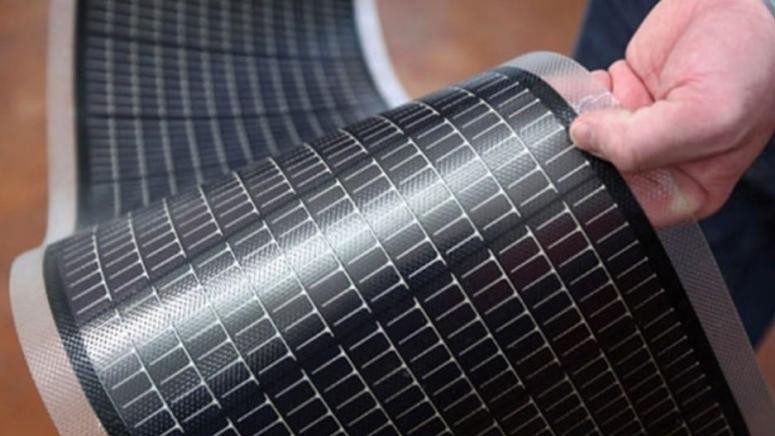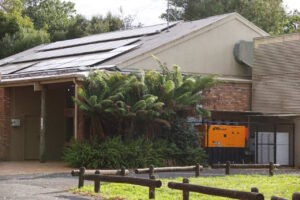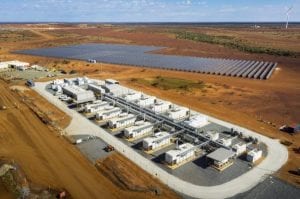Colorado based solar PV company Ascent Solar Technologies will see its featherweight, flexible, and durable CIGS thin-film photovoltaic (PV) panels power an upcoming NASA space mission.
Ascent Solar announced on Monday that its solar technology had been chosen to fly on NASA’s upcoming Lightweight Integrated Solar Array and AnTenna (LISA-T) mission, scheduled for launch this year.
The mission, led by NASA’s Space Technology Mission Directorate and the agency’s Marshall Space Flight Center in Huntsville, has been designed to demonstrate the ability to deploy large-area solar arrays on lightweight, low-cost, and small spacecraft.
According to NASA, “LISA-T is a launch stowed, orbit deployed array on which thin-film photovoltaic and antenna elements are embedded.” Small satellites are, by their very nature, limited in surface area, volume, and weight, necessitating novel ideas and technologies.
LISA-T is an effort to demonstrate the use of large-area solar arrays that do not impinge on the natural restrictions of small satellites.
Specifically, the solar arrays being sent up with LISA-T are lower mass and stowed volume, producing three-times more power than alternative solar PV technologies.
Part of NASA’s Pathfinder Technology Demonstrator (PTD) series of missions which are evaluating the capabilities of novel and small spacecraft in orbit, LISA-T is the fourth mission (PTD-4) and is being managed by NASA’s Ames Research Center in Silicon Valley.
PTD-4’s deployable solar arrays are designed to scale larger than the mission’s CubeSat form factor with the capability of generating kilowatts of power.
“Selection for this upcoming space mission is the culmination of years of Ascent’s work with NASA to optimize the PV modules that enabled LISA-T’s ambitious spacecraft mass and power budgets to close,” said Paul Warley, CEO of Ascent Solar Technologies.
“This mission will demonstrate that previously unachievable spacecraft requirements can in fact be met.
“It also provides a shining example of the benefits of public-private partnerships that leverage new and innovative commercial technologies, as NASA programs like MISSE & PTD lead the way for even more capable spacecraft for government and commercial space missions.
“The modules developed for LISA-T informed the design of Ascent’s Titan line of space products, facilitating further maximization of power generation to the extent that spacecraft can produce kilowatts per kilogram of array in the space environment with minimal degradation over the life of the mission.”










